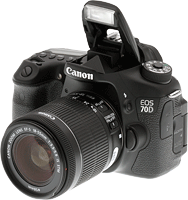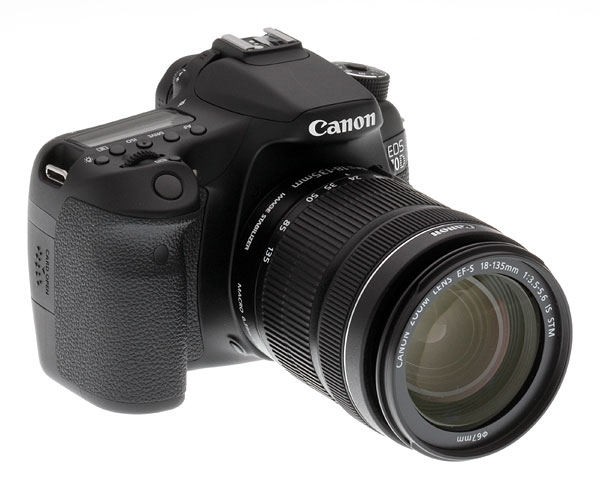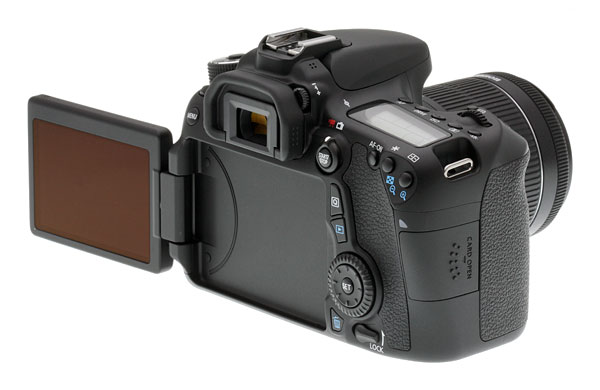Canon 70D review: Game-changing DSLR delivers best video autofocusing performance we’ve ever seen
posted Monday, September 16, 2013 at 5:50 PM EST

The Canon 70D ushers in a new technology so unexpected that there's no way we could be disappointed -- even if it may not have delivered the significant upgrade in still image quality that everyone wanted or expected. We love when a camera manufacturer surprises us with a treat like Canon's Dual Pixel CMOS AF technology. After all, a rare, groundbreaking innovation like this doesn't come around too often.
What's even better is that the 70D's full-time continuous autofocus system for video and live view shooting -- with phase detection at every pixel in the AF area -- more than lives up to its promise. We were thoroughly impressed by how quickly and accurately the Dual Pixel CMOS AF operated. For movies, this technology finally puts true camcorder-like performance into an HD-DSLR; it's been a long time coming. Racking focus between near and far subjects is especially easy and smooth with the 70D's LCD touchscreen touch-to-focus feature. And when using live view for still shooting, the advanced autofocusing system felt almost as fast as traditional viewfinder shooting under most real-world scenarios.

It's not just the Canon 70D's revolutionary AF system that makes it a video powerhouse. The camera is capable of Full HD (1080p) recording at 24fps and 30fps, offers ALL-I and IPB compression modes and provides many other pro-level features. While its videos may exhibit a bit more moiré than, say, the 5D Mark III and other higher-end models, the 70D produces excellent quality movies for its class. We just wish you could shoot video remotely via the camera's otherwise stellar built-in Wi-Fi system.
Speaking of Wi-Fi, our reviewer had a blast setting up and using the 70D's remote still shooting mode to capture some hummingbirds outside in the summer heat while he rested in his air-conditioned living room waiting for the right moment. Using Canon's EOS Remote app (available for both iOS and Android smartphones), you maintain full control of exposure and focus while you're photographing from a distance -- not something every camera's Wi-Fi's system can do but should. Combine this with the camera's 3-inch, 270-degree articulating LCD touchscreen, and you've added a lot of versatility that goes a long way to help you get just the right shot.

Finally, we return to the still image quality issue. First off, let it be known that the Canon 70D still takes great pictures, just not ones that are exceedingly better than the 60D or 7D can take. Some Canon fans are understandably upset with this. The dynamic range isn't much better either, and still trails many of its competitors in this measure. The 70D does improve a bit in resolution, moving up to a 20.2-megapixel APS-C CMOS sensor from an 18-megapixel one, without hurting much from smaller pixel sizes. And the camera does perform better at high ISOs than its predecessors -- and many competitors. Its processing also seems to be more even-handed and less aggressive with noise reduction at those pumped-up sensitivities.
The Canon 70D may not be what some fans had hoped for, but it looks to us like it has laid a new foundation for autofocusing performance with a technology that we expect to see rolled out in other Canon cameras in the near future.
Check out our complete, in-depth Canon 70D review to view examples of the Dual Pixel CMOS AF system in action and read our final verdict on this game-changing DSLR. You can also see how the 70D performed in the IR Lab, read about our reviewer's real-world shooting experience with the camera, scrutinize its image quality against top competitors, and much more!